The Great Depression lasted ten years, and the depression that followed the panic of 1837 lasted six years. For overcoming this situation, the government may increase the money supply in the economy and liberalize monetary policies. It can be possible by decreasing interest rates and taxation, to increase public spending.
What is a recession? Definition, Causes, and Impacts
Some even worry that global debt, central bank policies and other factors could lead to a depression. Yes, you can prepare for a recession by paying off debt, building up savings and also creating a diversified investment portfolio. The length of a recession varies, from a matter of months to multiple years.
A recession is a downtrend in the economy that can affect production and employment, and produce lower household income and spending. The effects of a depression are much more severe, characterized by widespread unemployment and major pauses in economic activity. Recessions can also be more localized, while depressions can have global reach. Depressions are generated by the same factors that cause a recession.
Regardless of what the coming year holds, now is as good a time as any to take a second look at your finances by building an emergency savings fund, paying off debt, reviewing your budget and increasing your income. Shaping up your credit health is another wise measure you can take. Get your credit report and credit score for free to see where your credit stands, and take steps to improve your credit if necessary. A December 2022 Bloomberg economist survey states a 70% likelihood of a recession in the coming year.
Dodd-Frank reforms affected the entire U.S. financial system, including banks, investment firms and insurance companies. The goal was to make the financial system stronger and less likely to fail by improving transparency and accountability. Depressions may sound similar to recessions but tend to be much more severe. Most importantly, they tend to last for a much longer period of time. While people often worry about economic depressions, they are much rarer than recessions.
Countries such as Finland and Indonesia have suffered depressions in recent memory using this definition. Both consumers and businesses cut down on spending, and the economy goes into recession. Consumption also declines, reducing the overall demand for goods and services created by corporations. This, in turn, can reduce profitability and motivate companies to lay off employees to ensure their bottom line remains healthy. According to figures provided by the International Monetary Fund (IMF), recessions frequently last about a year.
A depression can also greatly reduce international trade and wreak havoc globally. An economic depression is typically understood as an extreme downturn in economic activity lasting several years, but the exact definition and specifications of a depression are less clear. It’s important to note that business 15 windows command prompt commands to know as sysadmin cycles do not occur at predictable intervals. Instead, they are irregular in length, and their severity is reflected by the economic variables of the time.
Key Differences Between Recession and Depression
So how can we tell the difference between a recession and a depression? A good rule of thumb for determining the difference between a recession and a depression is to look at the changes in GNP. A depression is any economic downturn where real GDP declines by more than 10 percent. Economic downturns can lower residents’ income by eliminating jobs and lowering wages. In addition, companies reduce investment in capital equipment during recessions, which lowers productivity. The government has also put in place safety nets for people who lose top 10 best forex trading strategies and tips in 2020 their jobs, in the form of unemployment benefits and fiscal stimulus—aka stimulus checks.
Definition of Recession
The 2008 and 2020 comebacks were helped a great deal by the Federal Reserve’s zero interest rate policy paired with stimulus checks, tax credits, unemployment benefit extensions, and other government aid. As a result, money becomes scarce as wages drop and people spend less. To combat the decline, the Federal Reserve may step in and change interest rates to jumpstart markets again by infusing them with cash. There are many factors that can contribute to or cause a recession, including high interest rates, stock market crashes, sudden or unexpected price changes, and deflation. Meanwhile, there’s no standard definition for an economic depression, although it’s usually used to define a severe recession. But Schlossberg noted that the rules aren’t always hard and fast.
- The most recent example of such a shock was the COVID-19 outbreak, which triggered a brief recession.
- To combat the decline, the Federal Reserve may step in and change interest rates to jumpstart markets again by infusing them with cash.
- That may not always be the case, because past performance doesn’t guarantee anything about the future, as the boilerplate investment disclaimer reminds us.
- If these decision makers become less confident, then they could cut budgets, laying off workers and potentially reducing expenditure on capital equipment in an effort to bolster profitability.
Historical Use and Jokes About Recessions and Depressions
This committee determines the amount of business activity in the economy by looking at things like employment, industrial production, real income and wholesale-retail sales. They define a recession as the time when business activity has reached its peak and starts to fall until the time when business activity bottoms out. When the business activity starts to rise again it is called an expansionary period.
Most analysts say a recession becomes a depression when the GDP decline exceeds 10%. But Schlossberg said that’s another rule that can “easily be broken.” The National Bureau of Economic Research (NBER) has declared a dozen economic recessions since World War II, the latest of which took place in early 2020. While there are a few rules of thumb to consider when labeling a recession, experts note that those rules can be broken.
You can also monitor employment trends by following the monthly jobs report and other stats put out by the Bureau of Labor Statistics. Or consider following non-government research, such as the Challenger Report (which tracks job cuts) and the ADP National Employment Report (collected by payroll processing giant ADP). Stocks are a piece of ownership in a company, so the stock market is a vote of confidence in the future of these companies. There are five indicators that economists can use to determine whether or not the economy is in a recession. All information, including rates and fees, are accurate as of the date of publication and are updated as provided by our partners. Some of the offers on this page may not be available through our website.
In this tesla isn’t the only ev stock set for gains this year says analyst way, the consumer spending will further decline, and housing prices may fall. Before the Great Depression of the 1930s, any downturn in economic activity was referred to as a depression. The term recession was developed in this period to differentiate periods like the 1930s from smaller economic declines that occurred in 1910 and 1913. This leads to the simple definition of a depression as a recession that lasts longer and has a larger decline in business activity. A recession is a downward trend in the business cycle, one that is characterized by a decline in production and employment.
So while recessions are a normal part of the business cycle, another depression is unlikely to occur. Thanks to the measures put in place by the government, the banking system is stronger and more stable, and the economy is better equipped to weather any downturns. While recession and depression both describe periods of economic decline, these terms are not interchangeable.
During these times, many economic indicators experience notable declines. Over the course of a business cycle, you might see GDP contract for a period of time, but that doesn’t necessarily mean that there’s a recession. To help you better understand the business cycle and prepare for the twists and turns of a possible recession, here’s what you need to know and the best ways to prepare your investment portfolio. But people do not turn to the dictionary for cheap puns and bad jokes (we hope); they come in search of steely-eyed realism and hard truths.

